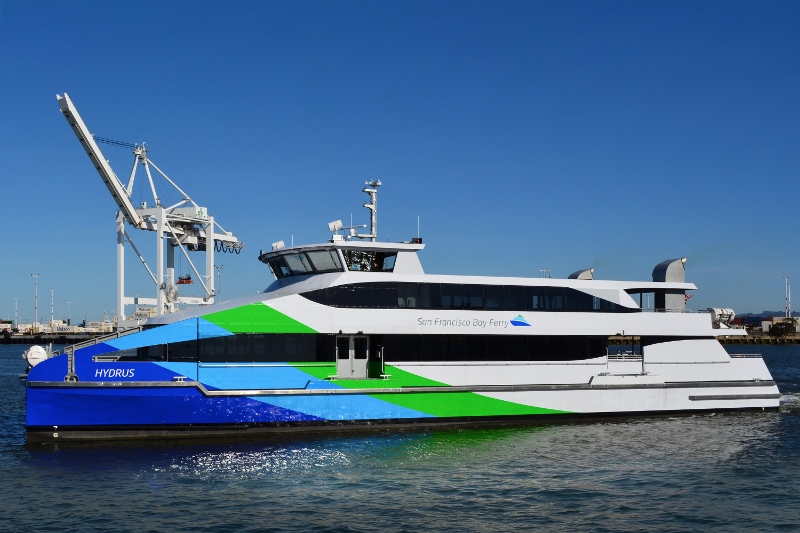Air pollution regulators are looking to tighten California’s air emissions rules for commercial vessels, already the strictest in the nation.
The California Air Resources Board (CARB) announced it is beginning a new rulemaking process to modify the state’s existing Commercial Harbor Craft Rule.
Now in its implementation phase, the rule makes California the only state in the U.S. that requires most vessels with older engines — pre-dating the U.S. Environmental Protection Agency diesel emissions standards, or just meeting Tier 1 standards — to be repowered with newer Tier 2 or Tier 3 engines before the end of their economic lives.
Yet CARB staff contends commercial vessel operations in state waters “will continue to contribute a significant amount of diesel particulate matter risk after full implementation of the current regulation in 2023,” according to CARB’s notice of rulemaking intent.
The notice initiates a fact-finding process that includes seeking input from the maritime industry and other stakeholders. CARB is proposing to complete that and have a rule proposal ready to present to board members in 2020. The agency has created a list server where interested parties can sign up to track the process and receive notifications.
That next step would bring on more stringent requirements for tugboats and other freight-related vessels, and for passenger vessels including ferries and excursion boats. The CARB staff will also look at the feasibility of retrofitting existing vessels with Tier 4 propulsion, advanced emission control devices, hybrid power and alternative fuels.
California asserts state regulatory control over air emissions within 24 nautical miles of its coastline, so its requirements are a huge consideration for vessel operators, designers and builders on the West Coast. Many have been anticipating a future of even tougher air pollution limits, designing new vessels to approach or even meet Tier 4-like performance below the EPA horsepower thresholds.
Meanwhile, California port authorities are pushing toward reducing emissions from their operations, including repowering harbor tugs and converting cranes and trucks from diesel to all-electric operation. In April the Port of Long Beach launched a “zero emissions” pilot project to test newly electrified equipment, financed with a $9.7 million grant from the California Energy Commission.





